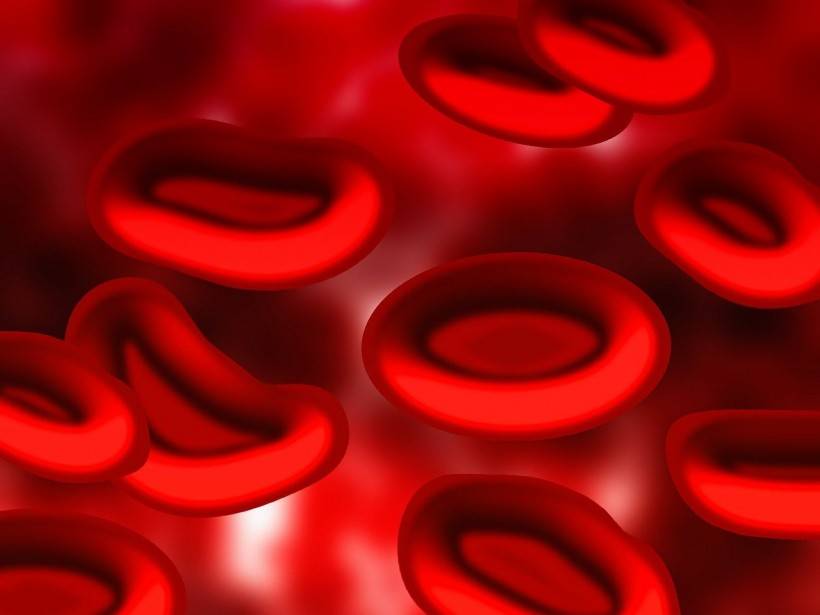Microplastic: The hidden threat in food
Human exposure to microplastics cannot be avoided. Nevertheless, their potential health implications and great presence have sparked growing concerns.

Dubai: Microplastics, tiny plastic fragments shed from larger plastic debris, have been linked to potential health risks in a new study. Researchers in China found microplastics in blood clots extracted from patients experiencing heart attacks, strokes, and deep vein thrombosis. This follows a similar finding earlier this year that linked microplastics in arterial plaque to an increased risk of heart attack and stroke.
Microplastics, tiny plastic fragments shed from larger debris, have been linked to potential health risks, particularly gut health, due to their pervasive presence in everyday food items.
These particles, less than 5 millimeters wide for microplastics and less than 1 millimeter wide for nanoplastics, are infiltrating human biology at an alarming rate.
Health impacts of microplastics
The Chinese study, while small with only 30 participants, adds to the growing body of research on the potential health impacts of microplastics. In March 2024, an Italian-led study found microplastics in over half of the fatty deposits removed from clogged arteries. This earlier study also identified a link between the presence of microplastics and a higher risk of cardiovascular events.
Dr. Raffaele Marfella, a surgeon and professor of internal medicine at the University of Campania Luigi Vanvitelli in Naples, and his team conducted a study on arterial plaque in patients with cardiovascular disease. They discovered that half of the samples contained plastic fragments.
More concerningly, patients with plastic in their arteries had more advanced disease and were 4.5 times more likely to die or suffer a nonfatal stroke within three years compared to those without plastic contamination. Dr. Marfella believes that the presence of plastic could accelerate deteriorating health by driving inflammation within the arteries.
Sources of microplastics
Microplastics originate from the degradation of various products, including car tires, synthetic clothing, and paints. Single-use plastics—such as water bottles, plastic cutlery, food containers, and plastic bags—are significant contributors.
Microbiologist Aqsa Bashir told travelsdubai.com: "Microplastics are plastic particles smaller than 5 millimeters, while nanoplastics are even smaller, measuring less than 100 nanometers. These particles can enter the human body through ingestion, inhalation, or skin contact.
Once inside, they can interact with human cells, potentially causing inflammation, oxidative stress, and cellular damage. This contact can disrupt normal cellular functions and is considered a potential carcinogenic factor, posing significant health risks."
Environmental and health implications
Microplastics enter the human body through ingestion and inhalation. A Columbia University study found 250,000 nanoplastics in a single liter of bottled water, and another study revealed that babies fed formula from plastic bottles are exposed to high levels of microplastics.
The health consequences can be severe with over 10,000 chemicals present in various plastics, some of which are carcinogenic or disrupt hormonal systems.
Addressing the microplastic crisis
To combat microplastic pollution, several countries have already banned the use of microbeads in cosmetics and have implemented stricter waste management regulations, such as banning single-use plastics and promoting biodegradable alternatives. In Pakistan, steps to mitigate microplastic pollution could include:
1. Eliminating microbeads from personal care products.
2. Improving waste management and recycling processes.
3. Increasing the use of biodegradable materials.
4. Raising public awareness about plastic pollution and its impacts.
Aqsa Bashir emphasized that these measures are essential for reducing the harmful effects of microplastics on health and the environment.
The Connection to Climate Change
The issue of microplastics is intricately linked to the broader climate crisis. Plastic production and waste management contribute to greenhouse gas emissions, exacerbating global warming. Addressing the plastic crisis through innovative solutions is crucial for both human health and environmental sustainability.
Innovative solutions and consumer actions
Addressing the plastic crisis requires innovative solutions. Dick Vethaak, an emeritus professor of water quality and health at VU University Amsterdam and Utrecht University, suggests that certain microbes could eventually help degrade plastic waste more effectively.
Governments need to invest in waste-to-energy treatment plants to manage the vast amounts of plastic waste in landfills, which often contaminate water supplies.
For consumers, reducing plastic exposure involves practical steps like avoiding bottled water and not heating food in plastic containers. Installing reverse osmosis water filters can also help remove microplastics from tap water. Despite these efforts, plastic's pervasive presence means complete avoidance is challenging.
Moving forward: Sustainable alternatives
Replacing plastics with alternative, safer, and more sustainable materials must be a priority to minimize health risks. This shift not only protects human health but also addresses environmental concerns, contributing to the fight against climate change.
By taking collective action at both individual and governmental levels, we can mitigate the impact of microplastics and pave the way for a healthier, more sustainable future.